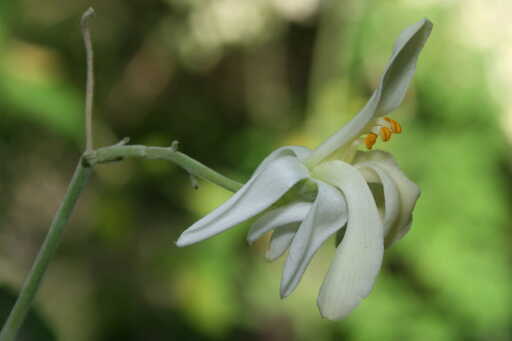Moringa, most often associated with its native region of India, is also a valuable plant found thousands of miles away in the Kivu region of the Democratic Republic of Congo. Locally, it plays a crucial role in the production of medicines in traditional, traditional-modern (a combination of old and new) and modern medicine. According to several local healers and patients, thanks to its therapeutic properties, moringa can be used to treat a variety of illnesses such as diabetes, muscle pain, sexual weakness and many others. “Apart from its medicinal properties, moringa has numerous benefits; it is a naturally fertilizing tree,” Jackeline Muderwa, a 69-year-old woman and healer from the Mugunga neighborhood in Goma, explained in an interview with Mongabay. She associates it with the Belgian colonial period around the mid-20th century. “The Belgians planted it in their gardens and used it to heal their certain diseases. I believe that is when we became aware of its usefulness. Most of the time, even in the bush, its presence testified to the ancestral presence of a person in that place who may have since moved away.” Moringa oleifera a fast-growing deciduous tree of the Moringaceae family. Although it is globally classified as a species of least concern on the IUCN Red List, this tree requires special attention. It is primarily cultivated in semiarid, tropical and subtropical areas. (Left) Moringa oleifera, a tree species native to India but also used in DRC for medicinal purposes. (Right) Moringa seeds. All parts of the plant…This article was originally published on Mongabay
From Conservation news via this RSS feed


